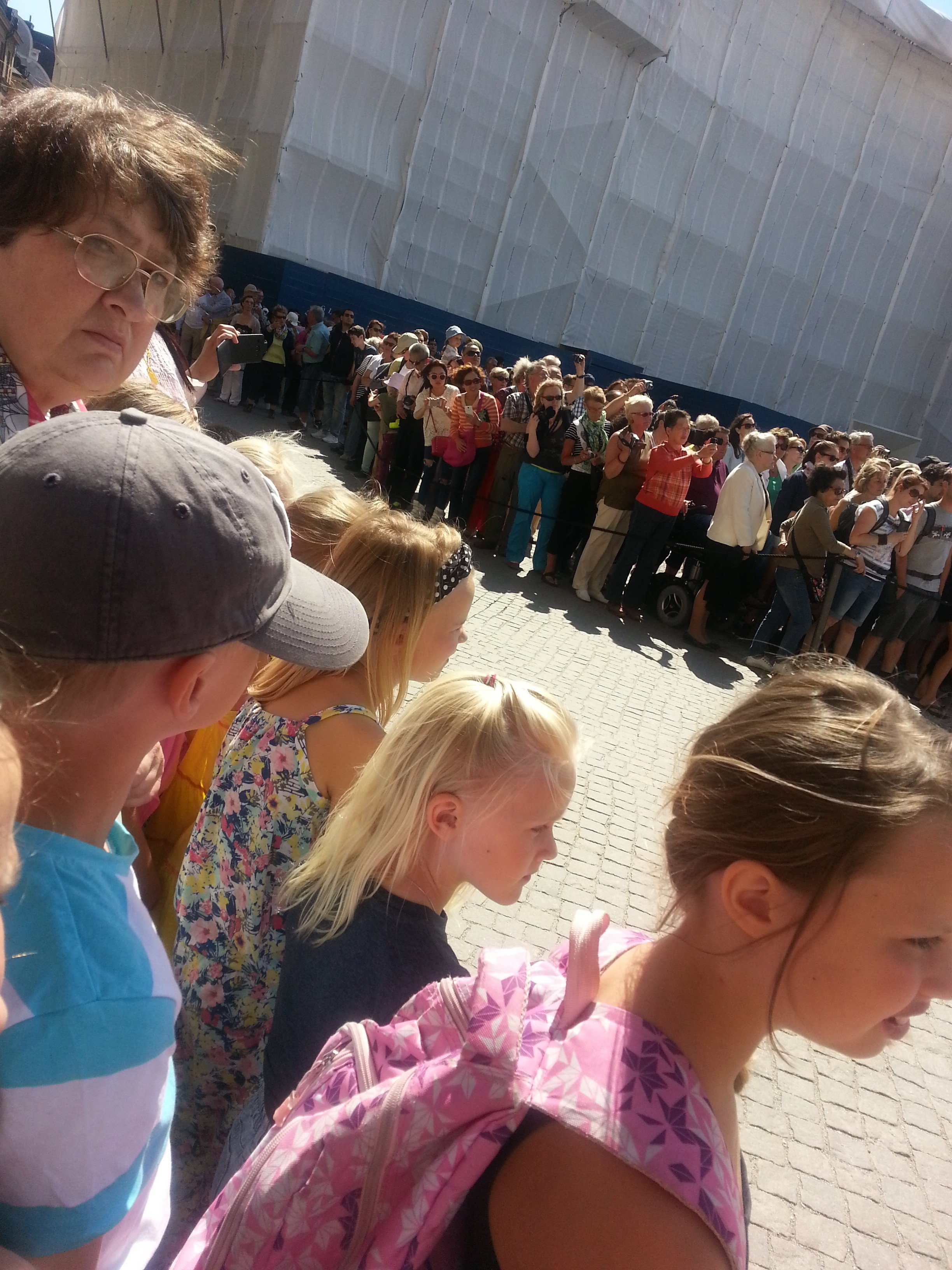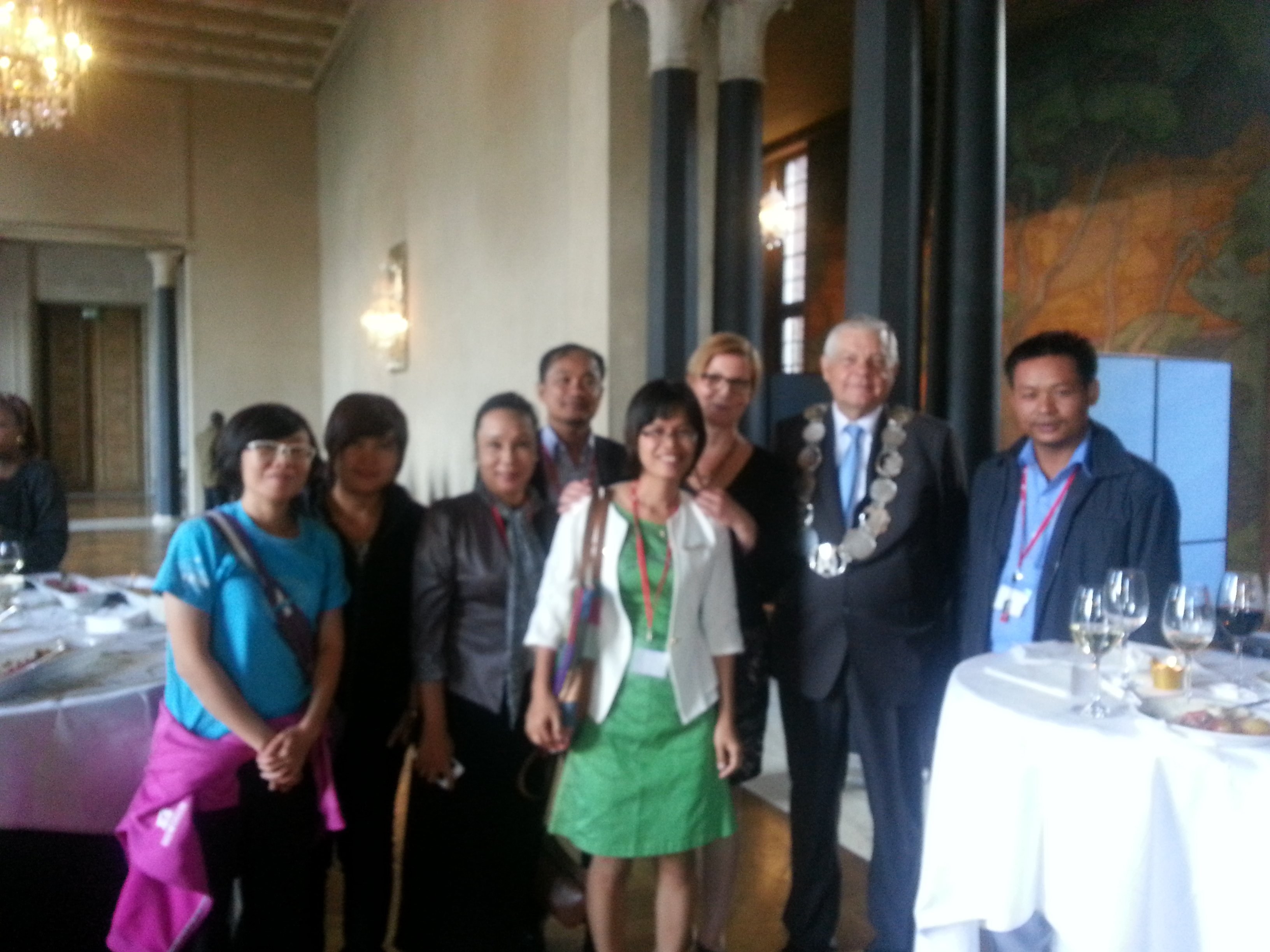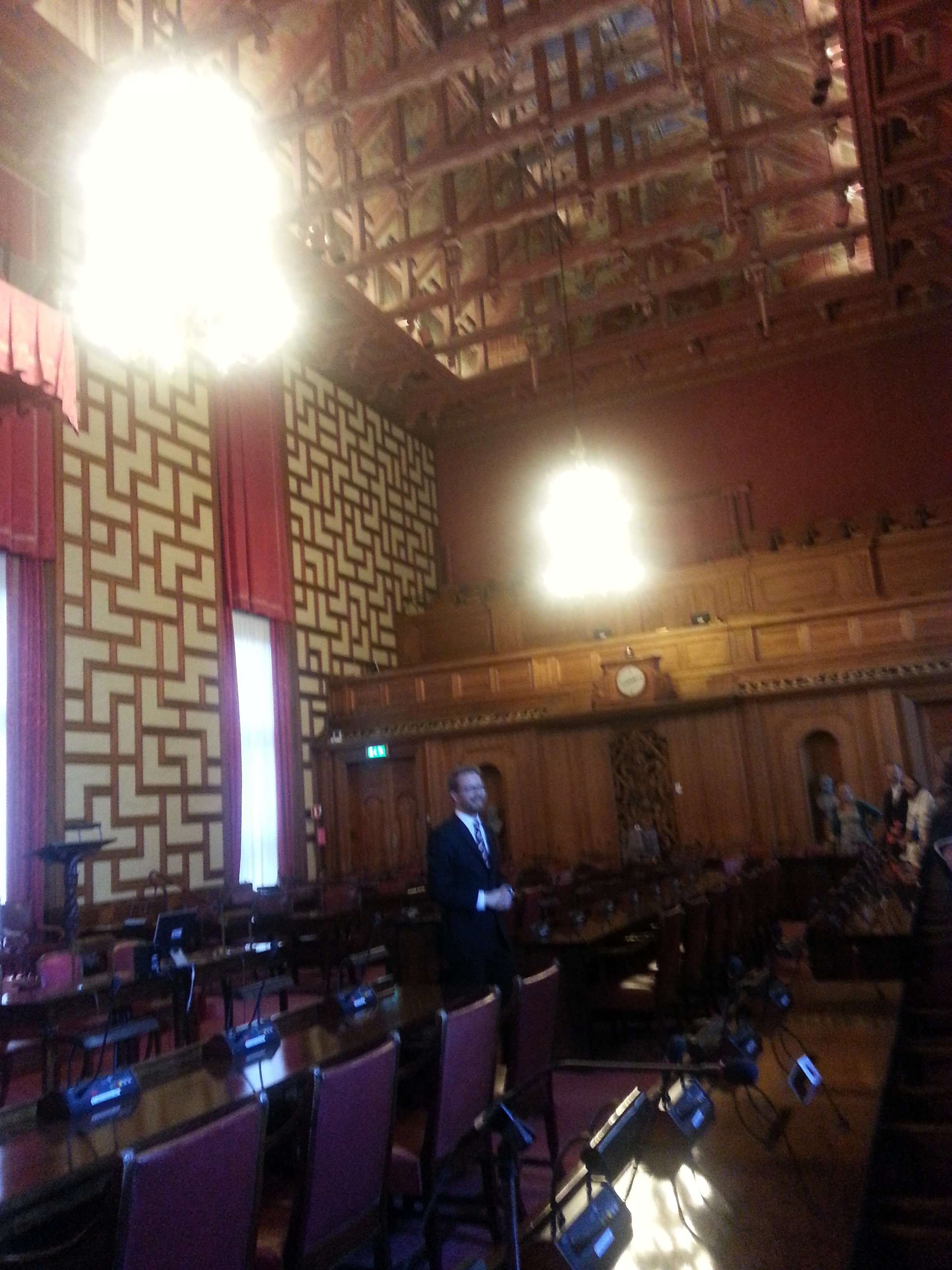One thing that many of us may aware about Sweden is the Nobel Prize—known as the legacy of Sweden’s Alfred Nobel (1833–1896). However, after my second trip, I have more to tell than the impression I made during my first trip and I hope this will reflect to Cambodian context where we could learn.
Educating children is a key
There are things similar to Japan where school children are taught to interact and expose to outside community aside their school boundary. During my visit to Royal Palace—when the changing of the guard pirate were to show off—a middle age man shouted to the crowd where I was standing behind: Could you please move a bit and let kids stay in front? I then saw a group of roughly 20 kids walked into the crowd. Some tourists were not happy to let so many kids occupied their space, while many were smiling to see so many kids in queue and of course they were willing to let kids in as this is morally right thing to do. Kids were actively observed and discussing among each other on the performance and I believe this would be later discussed in their class of their visit. I was impressed at how schoolteachers were spending time with their students and such field-trip mission would let these young kids exposed to real world besides their daily theoretical learning in classroom.

While I was impressed with such act, I reflected this to my own experience. I could only visit the Cambodia’s royal palace for the first time only when I was in grade 12 (the final year in high school degree) with other few friends as a study reward, meaning not everyone was entitled to such visit led by a teacher. Having said so, it means that such field visit was very limited in school agenda or let’s not hopes to be initiated by schoolteachers who were struggling to earn extra aside their official teaching time to support their low salary.
Despite of this, similar approach to have such field trip for students are seen in some private schools in Cambodia which is good expose but this shall be initiated in public schools too so that every kids would has access and learn from such extra activities and this requires sufficient funding in education program as well as the teacher’s salary.
Another component that I learned from a study visit is the fact that Sweden is already advanced at openness and compulsory to include “sexual rights” as part of their educational curriculum for kids from age 13 to 19 years old. Such educational platform allows students to openly learn the issue around sexual rights but this was believed a step forward to raise kids awareness to different gender identity and sexual orientation so that this would tackle on the discrimination against sexuality. What I gathered from the communication I had with few Cambodians who were also impressed at this openness approach with kids on sexuality in Sweden was that they would be still hesitate, although they well understood the topic, to accept such thing adopted in Cambodia if to reflect from parents’ point of view. They suggested for those including I myself who were trying to get their opinion on matter to wait until these people have our own kids. I could understand their concern with tradition we had been used to and while Cambodia’s education system is not that advance compared to Sweden, but Sweden also experienced similar tradition’s clashes until they could have a smooth transformation. It thus requires us to learn and see what and where we could start from it.
Openness and Engagement with Civil Society
I should not surprised at how openness and closed engagement the government as well as parliamentarians with civil society in Sweden has, yet coming from a country where position does matter, I could not help to impressed with this and think out loud how it be better for Cambodia to learn such positive manner. The city hall did not fail to welcome delegates—mostly from civil society organizations—for the second time of my visit in Sweden where my former visit in the role as blogger. The representative of city hall of Stockholm proudly welcomed guest and introduced the spirit of engagement with civil society regardless political or social background.

The representative also brought us to visit the important building of the hall and explained the rationales of specific architecture. One thing that impressed me is the city hall’s Council Chamber —a venue where meeting of Stockholm’s city council will be conducted. The design was full of openness idea behind as shown with a painting on the cell of the building with sky, star, sun and noon to represent that the meeting of the member will be conducted in an open space where public can see their conduct and any discussion shall be made public as they are now practicing with live streaming and opening access to media and public observation.

We were also welcomed by representative of parliamentary at the parliament in which I am sure such practice would be rare in Cambodia.
I acknowledge these are the positive side of Sweden that I had exposed during two visits (I spent roughly a week per visit), so this is not to conclude the whole picture of Sweden as any place shall has its shortcoming and to the extend when the local resident would have more to say about their own country.